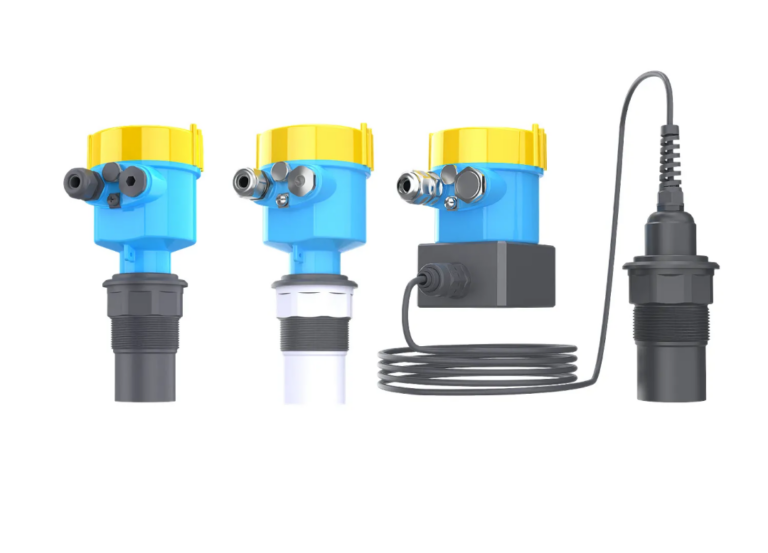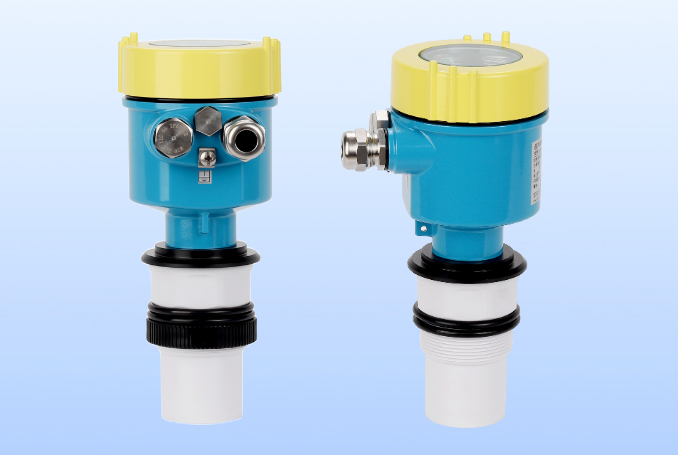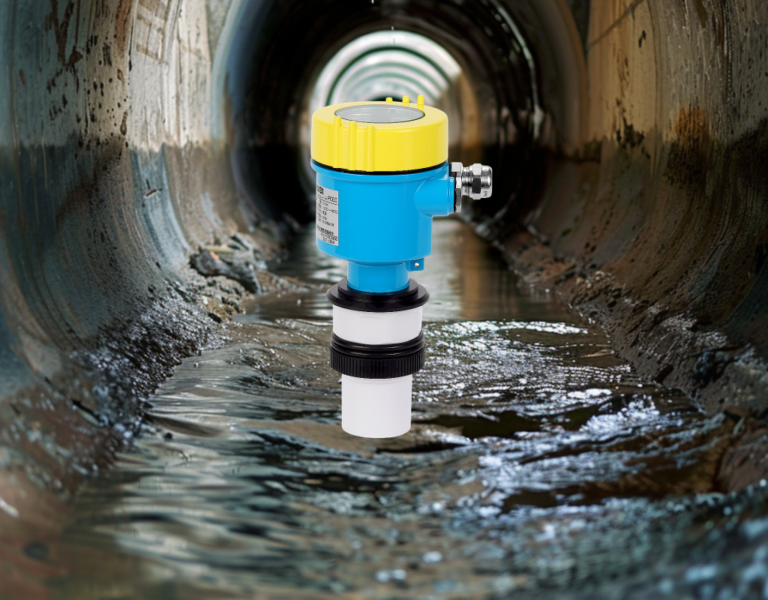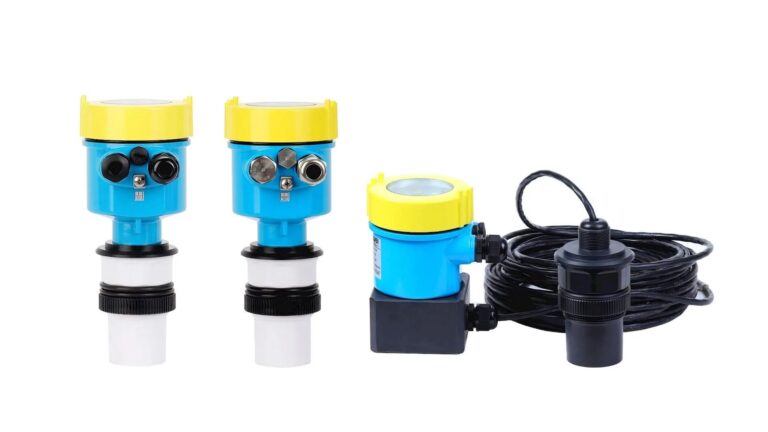1. Liquid Level Monitoring Requirements in Coal Mining
Coal mining environments present extreme and hazardous conditions characterized by:
High dust concentration
Presence of explosive gases (e.g., methane)
Corrosive fluids (such as acidic mine water)
These factors impose strict requirements on level measurement devices in terms of safety, stability, corrosion resistance, and signal reliability.
Typical Application Scenarios:
Underground Slurry Storage Tanks
Real-time monitoring of coal slurry level prevents overflow or pump dry-run, avoiding mechanical damage and downtime.Mine Drainage Systems
Accurate level control in sedimentation pits and drainage ditches ensures proper water discharge, preventing backflow and flooding hazards in underground tunnels.Tailings Water Recycling Pools
Dynamic tracking of wastewater levels allows optimized recycling and chemical treatment, reducing water waste and operating costs.Explosion-Proof Liquid Storage Tanks
Monitoring diesel, hydraulic oil, and other flammable liquids is crucial to ensure safe handling and inventory management.
Given the presence of solids, foam, and corrosive components, traditional contact-based level meters often suffer from wear, clogging, or fouling. In contrast, non-contact ultrasonic level meters offer significant advantages by eliminating direct exposure to the medium.

2. Working Principle and Suitability for Coal Mine Use
Ultrasonic level meters operate using the time-of-flight principle. A high-frequency ultrasonic pulse (typically 20kHz–1MHz) is transmitted towards the liquid surface, and the reflected echo is captured to determine the distance:

Where:
L = liquid level height
E = total tank height
c = speed of sound in air
t = time between transmission and echo reception
Key Advantages Tailored for Coal Mines:
✅ Explosion-Proof Design
Certified to ATEX or IECEx standards, utilizing flameproof enclosures and intrinsically safe circuitry to prevent ignition in gas-rich environments.✅ Dust Resistance
Advanced signal processing, such as multi-pulse emission and digital echo filtering, reduces signal degradation caused by airborne coal dust.✅ Chemical Resistance
Probes made of PTFE or high-purity ceramics can withstand extreme pH conditions (1–14), ensuring reliability in acidic mine water applications.✅ Non-Contact Measurement
Avoids clogging, wear, or sensor damage from viscous or abrasive media like coal slurry, increasing service life and reducing maintenance frequency.

3. Representative Application Cases
⚙️ Case 1: Slurry Level Monitoring Underground
In coal slurry storage tanks, abnormal levels can cause overflow or damage to pumps. An ultrasonic level meter mounted at the tank top transmits continuous level data to the central control room. Automated valve control ensures proper flow regulation.
Result: A coal mine reported a 35% reduction in pump failures after implementation.
⚙️ Case 2: Mine Drainage Automation
Sediment buildup and water accumulation threaten underground safety. By installing ultrasonic sensors in drainage ditches and pits, real-time level data is transmitted via 4–20 mA signals to the PLC. Pumps are triggered automatically.
Result: Drainage efficiency increased by 25%, and flooding incidents reduced by 40%.
⚙️ Case 3: Tailings Water Recovery
Wastewater from mineral processing contains solid residues and chemicals. An ultrasonic meter tracks recycling pool levels and coordinates with automatic sludge discharge systems.
Result: One mineral processing plant cut annual water costs by 18%.

4. Installation and Maintenance Guidelines
Installation Best Practices:
In Hazardous Areas: Use explosion-proof certified models. Follow proper conduit wiring, and avoid exposed circuits.
Dusty Environments: Equip air-purge systems or protective housings to keep probe surfaces clean.
Closed Vessels: Use flanged installations with gaskets to ensure airtight sealing, maintaining tank integrity.
Maintenance Strategy:
Routine Cleaning: Wipe the probe weekly to remove coal dust or residue buildup.
Quarterly Calibration: Adjust sound velocity compensation to minimize temperature-induced errors.
Annual Inspection: Check cable insulation, connector integrity, and probe surface for signs of corrosion or degradation.
5. Limitations and Mitigation Strategies
| Limitation | Description | Recommended Solutions |
|---|---|---|
| Foam or Steam Interference | Dense foam or high humidity scatters ultrasonic waves | Use foam suppressors or lower frequency transducers |
| Installation on Sealed Tanks | Tank wall may prevent signal path | Apply flanged, gas-tight explosion-proof adapters |
| High-Temperature Environments | Above 150°C, sound attenuation increases sharply | Use high-temp resistant probes or install thermal shields |
6. Future Development Trends
AI-Powered Smart Measurement
Use of machine learning algorithms for real-time compensation of ambient noise, temperature drift, and dust interference.Sensor Fusion Systems
Integration of level, flow, and pressure sensors to provide a comprehensive view of the process chain for smarter control.Wireless Communication (IIoT)
Deployment of LoRa or NB-IoT enables low-power, long-range data transmission from underground locations—reducing wiring costs and improving safety.

✅ Conclusion
Ultrasonic level meters have become indispensable in coal mining due to their non-contact operation, explosion-proof safety, and resilience to dust and corrosive environments. With proper selection, installation, and maintenance, they offer reliable level monitoring even in the most challenging conditions.
As mining operations move toward digitization and smart automation, ultrasonic technology—especially with AI and wireless integration—will play a pivotal role in enhancing safety, efficiency, and resource conservation.
